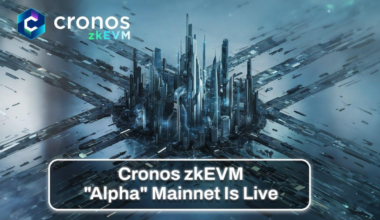The Saudi Central Bank (SAMA) has announced that it is ramping up its research into Central Bank Digital Currencies (CBDCs), but has not yet announced plans to deploy one.
The bank stated that it is currently working on a phase of a project that “focuses on domestic wholesale CBDC use cases in collaboration with local banks and fintechs.”
The bank confirmed that it is currently exploring the benefits and potential risks of implementing a CBDC, but no final decision has been made on the introduction of such a digital currency in Saudi Arabia.
SAMA is researching several aspects of a state-issued digital currency, including the economic impact, market readiness, and applications of a CBDC-based payment solution. The bank also intends to review policy, legal, and regulatory considerations.
The move is part of Saudi Vision 2030, an initiative to reduce the Kingdom’s dependence on oil, diversify its economy, and develop public service sectors such as health, education, infrastructure, recreation, and tourism.
According to SAMA Governor, H.E. Fahad Almubarak, local banks and payment companies will be heavily involved in the CBDC project and implementation.
SAMA has already successfully conducted a CBDC experiment called “Project Aber” in 2019. The bank worked in collaboration with the Central Bank of the United Arab Emirates (UAE) to examine whether blockchain technology could contribute to cross-border payments.
A report on the findings of the experiment was released in late 2020, which concluded that a dual-issued CBDC was technically viable for cross-border payments and presented “significant improvement over centralized payment systems in terms of architectural resilience.”
No details were provided on the technology behind the Saudi CBDC, but CBDC Tracker suggests it is based on the Linux Foundation’s Hyperledger Fabric.
While the bank is still researching on CBDC, the deployment of CBDC is still yet to be decided and announced.



